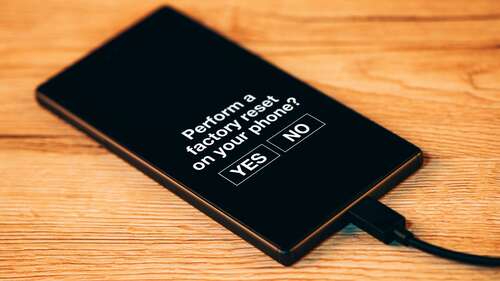
The factory reset erases all the data in your Android device’s local storage to restore its original form. This includes:
-
Photos, videos, audio files (music and voice recordings), and documents.
-
Apps and their cached data like passwords, preferences, and downloads.
-
Locally stored contacts, call logs, and SMS texts — contacts synced with your Google Account aren’t affected.
-
The specific accessibility settings, Wi-Fi passwords, and Bluetooth and network connections of your Android device.
Google Drive is the easiest and safest way to back up everything on your Android device. You’d be able to back up most data using automatic sync features, while the rest will have to be uploaded to the Drive manually. Just be sure to remove your Google Account if you’re selling your Android device after the reset. It will disable the FRP (Factory Reset Protection) feature, saving the new owner from device setup issues.
Note that most social media apps like Snapchat, Instagram, and Facebook don’t require any backup since they store your data (chats, shared media, and captured media) on their servers. However, others like WhatsApp, Signal, some note-taking apps, some two-factor authenticator apps like Microsoft Authenticator, and some mobile games require manual backup, as they only store data locally. Be sure to back up your data in such apps to restore them successfully post-reset.

